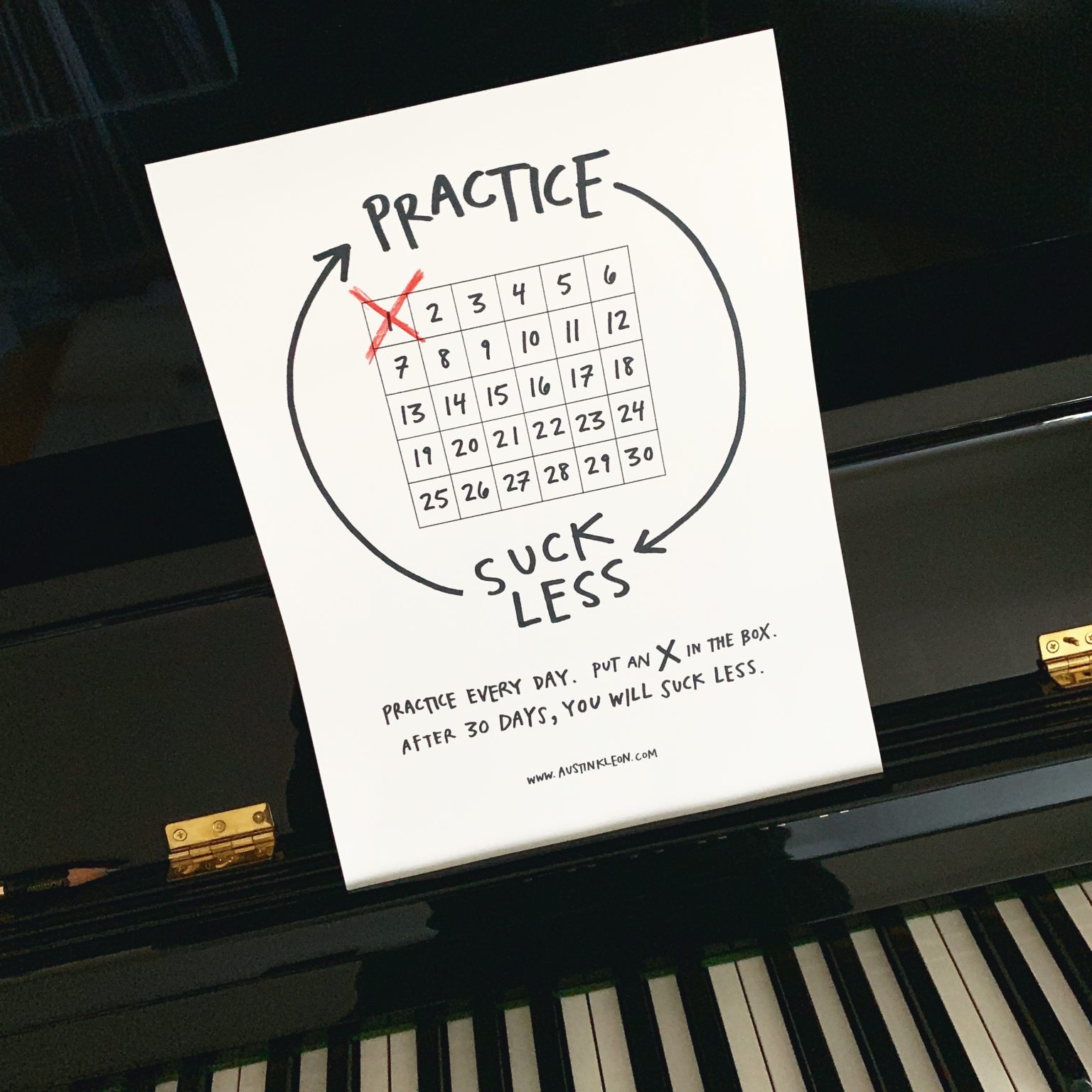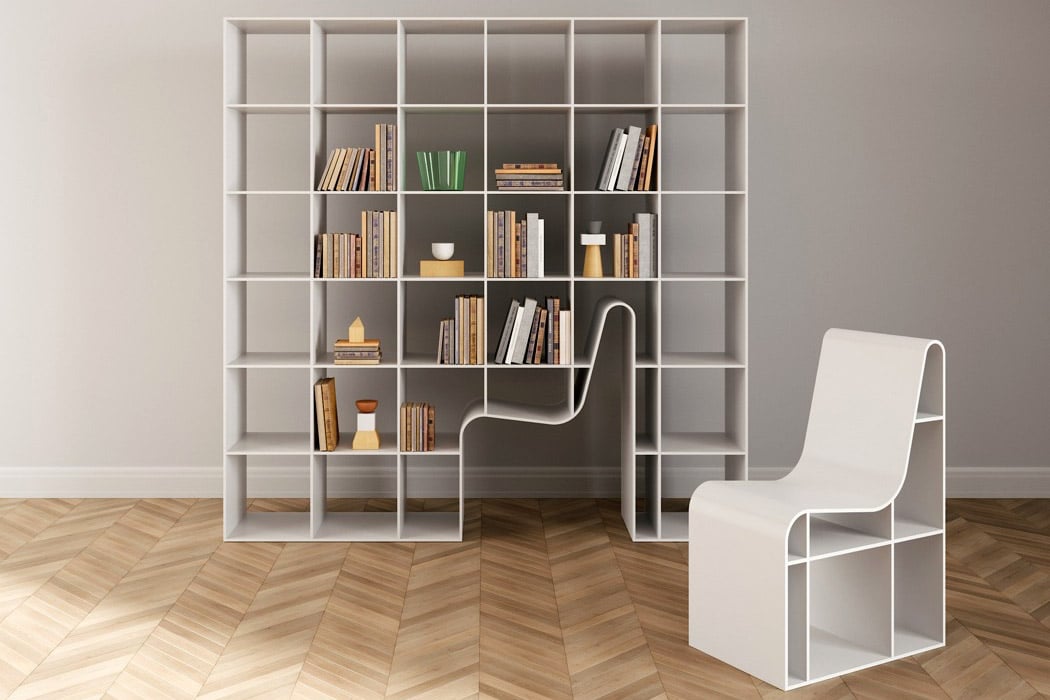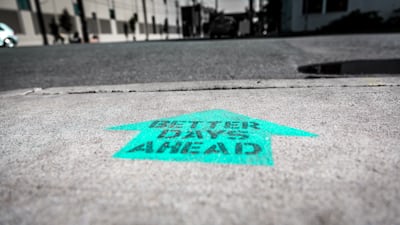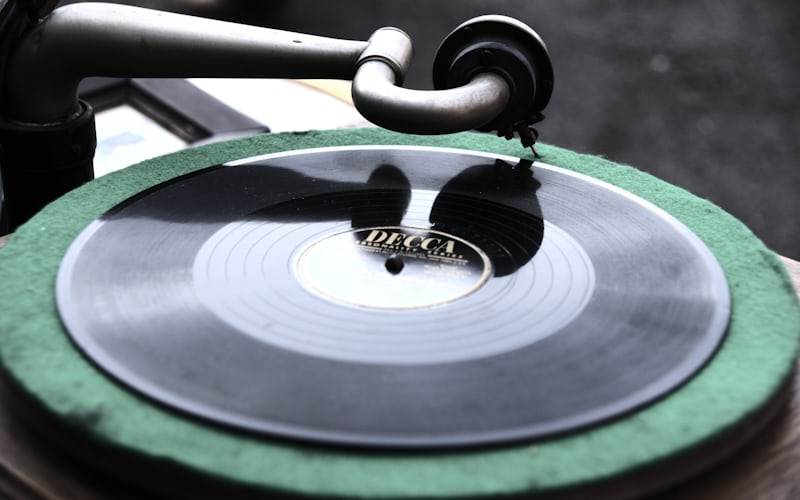
Recording. Record. To me those words bring up images of black vinyl disks to play music. Records are great, but there is so much more to making a recording.
A recording can be anything, on any media. All the photos you take on your phone and store on Instagram are a recording. All the receipts you collect in a box are a recording too: a recording of what you spent and where you spent it. Last year I wrote down all the dinners I had since the start of the pandemic: it too is a recording.
For 2021, a good resolution is to record some part of your life. Do it in a way that is easy to do regularly. Do it such that there is enough information to look at it later. Some of my recordings this year were terrible: books I read, runs I went on. Others were strong: things I enjoyed despite the pandemic, politicians I wrote, friends I kept in contact with.
Some people like to use paper for this. Austin Kleon, a master of recording, outlines his process here: The year in notebooks. As he says
If you’re looking for a New Year’s Resolution, keeping a daily notebook is a pretty solid one.
On the other hand, if you are a digital person like me, use a simple tool like SimpleNote or Evernote or just your smartphone camera to record that part of your life. Whatever tool works best for you is the best tool.
It doesn’t have to be a diary or journal format. It can be a log of the best thing that happened each day. Or the funniest thing that happened that week. Or the weather. Just record something, even if it is a few words.
There’s a number of benefits to making these recordings. If you do it well, at the end of your year you may be able to build up a list like this: 100 things that made my year (2020) – Austin Kleon. Even if your list is smaller, what you may get out of such a list is a recording of what makes your life worth living and what made things worthwhile during times when perhaps things weren’t that great.
Later, as you go through it again, your memory will fire up and you may recall other good moments not captured on paper or computer but still there. That’s another great thing about recording things: it helps you remember so much more.
Your life has value and meaning. Recordings help show that. So get making them.
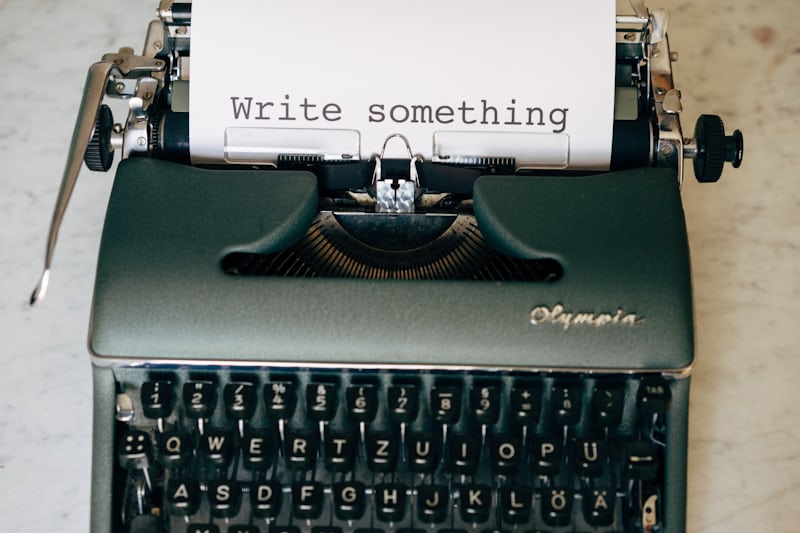
(Photos by Photo by Samantha Lam (top) and by Markus Winkler (bottom) on Unsplash)












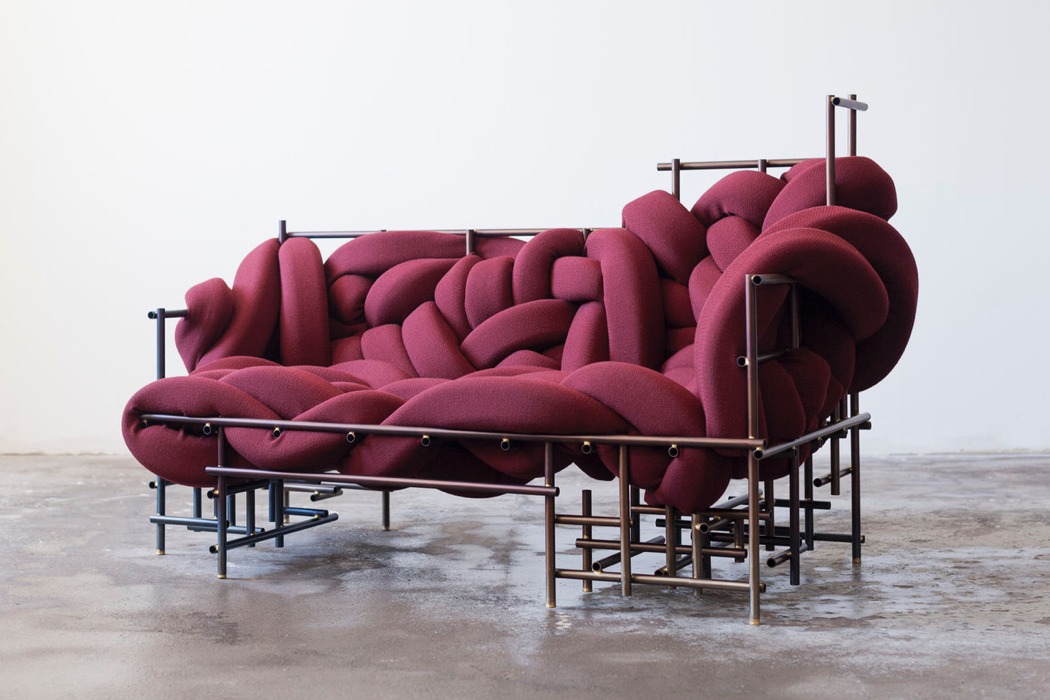

 I have been thinking a lot about friendships over the pandemic. I have wondered how many friendships will dissolve due to the distance imposed on us by this disease. I have wondered how many will strengthen afterwards when we have a chance to reunite. This crazy time has distorted our lives in so many ways, and our friendships will be one of those things that gets distorted.
I have been thinking a lot about friendships over the pandemic. I have wondered how many friendships will dissolve due to the distance imposed on us by this disease. I have wondered how many will strengthen afterwards when we have a chance to reunite. This crazy time has distorted our lives in so many ways, and our friendships will be one of those things that gets distorted.




 The pandemic has been hard on people and hard on businesses. One type of business it has been especially hard on is the restaurant business. So many has closed that it is hard to recall them all. Partially to remedy this, the Times did a piece on them:
The pandemic has been hard on people and hard on businesses. One type of business it has been especially hard on is the restaurant business. So many has closed that it is hard to recall them all. Partially to remedy this, the Times did a piece on them: 


 It’s tough being at home all the time during the pandemic. It’s tougher still if you live in a small space. Indeed, the sameness and smallness of it can get to you.
It’s tough being at home all the time during the pandemic. It’s tougher still if you live in a small space. Indeed, the sameness and smallness of it can get to you.










